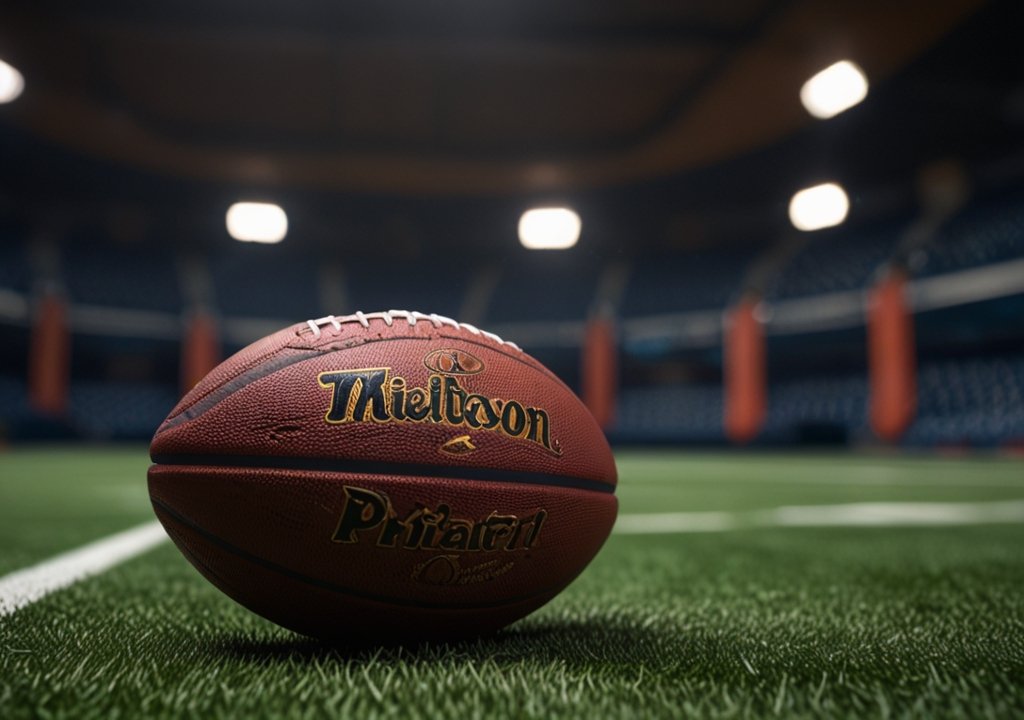What Makes a Draft Pick Unsuccessful?
An unsuccessful draft pick happens when a team selects a player—usually early in the draft—who doesn’t live up to expectations. This could be due to injuries, poor performance, bad behavior, or simply not fitting the team’s style. For example, a quarterback picked first overall might struggle with pressure, or a star college basketball player might get hurt before their pro career even starts.
Teams invest time and money into scouting players, but sometimes the gamble doesn’t pay off. Scouts might miss flaws in a player’s skills, or coaches might fail to develop them properly. Other times, the player’s attitude clashes with the team’s culture, leading to conflicts or distractions.
The Cost of Missing on a Draft Pick
When a high draft pick fails, the consequences go beyond just losing games. Teams waste millions on salaries, bonuses, and contract guarantees. Worse, they lose the chance to add a star player who could help them win championships. Imagine using a top pick on a player who sits on the bench—meanwhile, other teams are building around young, impactful talent.
For instance, the NFL’s salary cap means teams can’t easily recover from bad contracts. If a top-five pick doesn’t perform, the team might be stuck paying them for years while lacking funds to sign other key players. In the NBA, a single bad draft choice can derail a team’s rebuilding plan, forcing them to start over.
Famous Unsuccessful Draft Picks in Sports History
Every league has its infamous “busts.” In the NFL, Ryan Leaf (picked second in 1998) is often called the biggest draft bust ever. Despite his college success, he struggled with leadership and performance, lasting just three seasons. Similarly, NBA fans remember Greg Oden, chosen over Kevin Durant in 2007. Injuries limited Oden to 105 games, while Durant became an MVP.
Baseball isn’t immune either. Pitcher Mark Appel, the first overall pick in 2013, quit baseball due to injuries and pressure before finally making his MLB debut nine years later. These stories show how unpredictable drafts can be, even for experts.
Why Scouting and Team Fit Matter Most
To avoid draft mistakes, teams focus on two things: scouting and cultural fit. Scouts study game footage, interview coaches, and analyze stats to predict a player’s potential. However, physical talent isn’t everything. Teams now prioritize mental toughness, work ethic, and how well a player’s personality aligns with their locker room.
The NFL’s New England Patriots, for example, often draft players who value teamwork over individual stats. Meanwhile, the San Antonio Spurs built a 20-year playoff streak by prioritizing unselfish, coachable players. A prospect might look great on paper, but if they don’t buy into the team’s system, success is unlikely.
How Teams Reduce the Risk of Draft Busts
Modern teams use technology and data to make smarter choices. Analytics help identify red flags, like a basketball player’s poor shooting efficiency or a baseball pitcher’s high injury risk. Psychologists now evaluate prospects’ mental resilience, and teams conduct deeper background checks to avoid off-field issues.
Additionally, some leagues have adjusted draft rules to help struggling teams. The NBA’s lottery system gives the worst teams higher odds for top picks, but even that doesn’t guarantee success. Ultimately, drafting well requires luck, preparation, and a willingness to learn from past mistakes.
Conclusion
Unsuccessful draft picks remind us that sports are unpredictable. Even with advanced scouting and data, no team can eliminate risk entirely. However, by focusing on player development, cultural fit, and smarter analytics, organizations can turn the odds in their favor. For every bust, there’s a hidden gem—proving that the draft will always be a mix of hope, strategy, and chance.
FAQs
- Why do some top draft picks fail?
Top picks might lack the skills, work ethic, or mental toughness needed for pro sports. Injuries, bad coaching, or poor team fit can also derail careers. - How do bad draft picks hurt teams financially?
Teams waste salary cap space on underperforming players, leaving less money to sign other talent. Bonuses and guarantees also become sunk costs. - Who’s the biggest NFL draft bust ever?
Ryan Leaf (1998) is frequently cited due to his short career, poor stats, and off-field issues after being picked second overall. - Can teams avoid drafting busts?
While they can’t avoid them completely, better scouting, mental evaluations, and focusing on team culture reduce the risk. - Do all top draft picks become stars?
No. Even first-round picks have about a 50% success rate in leagues like the NFL. Development, luck, and opportunity all play roles.
YOU MAY ALSO LIKE: Wheelchair Basketball Paralympics 2024: Where Legacy Meets Limitless Passion











